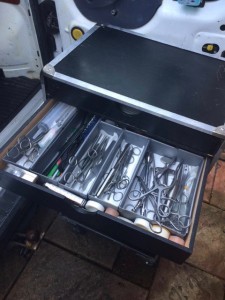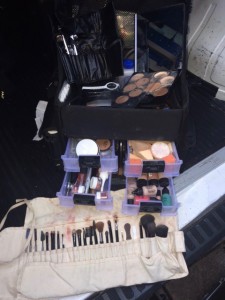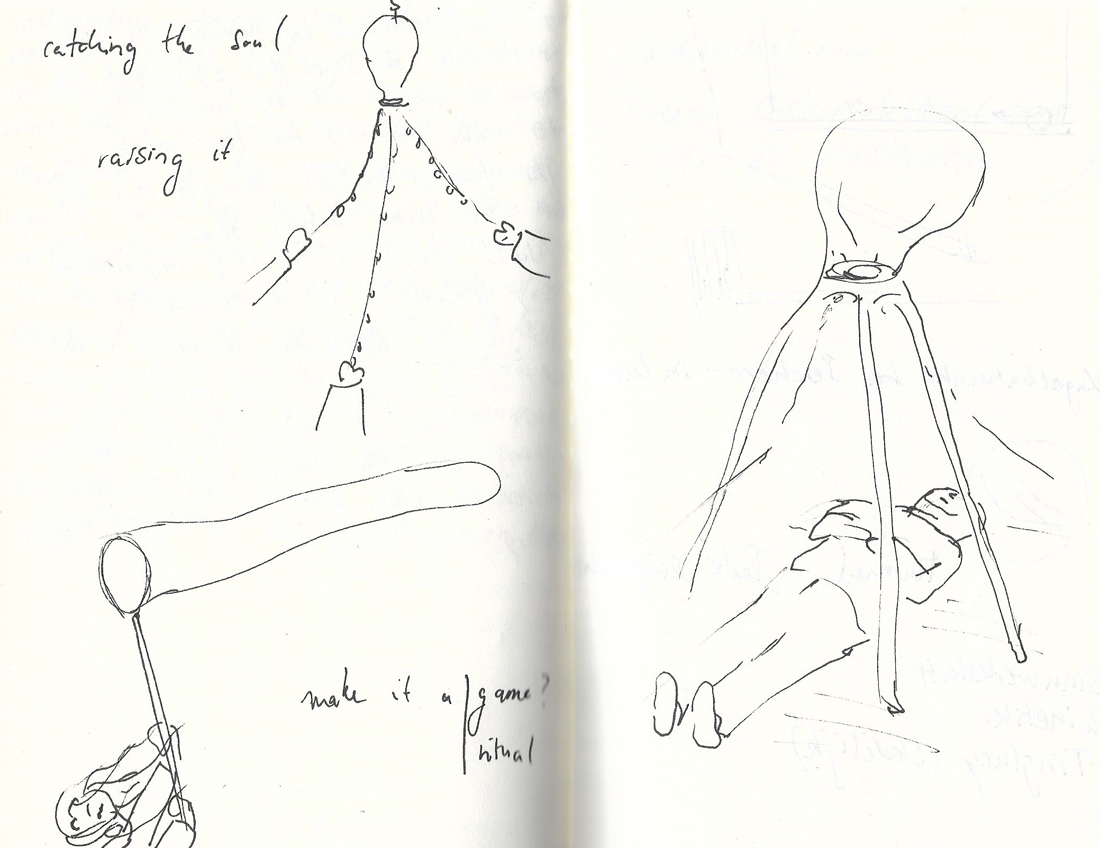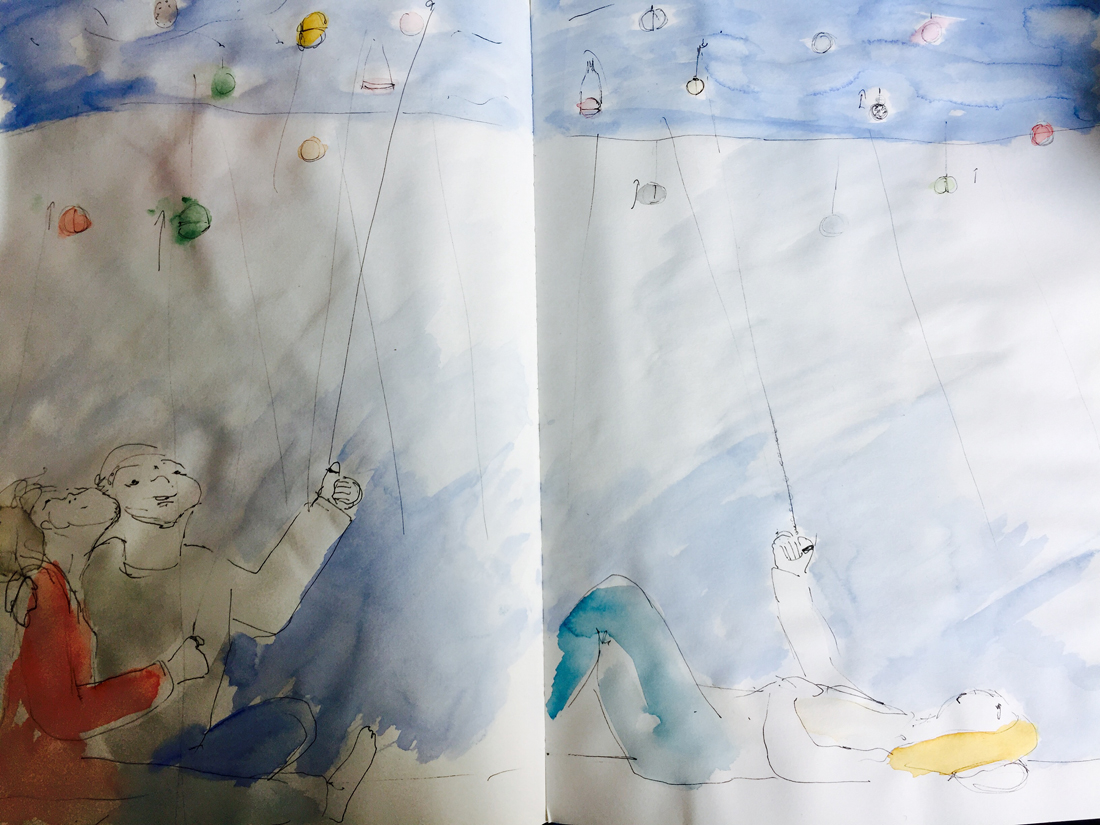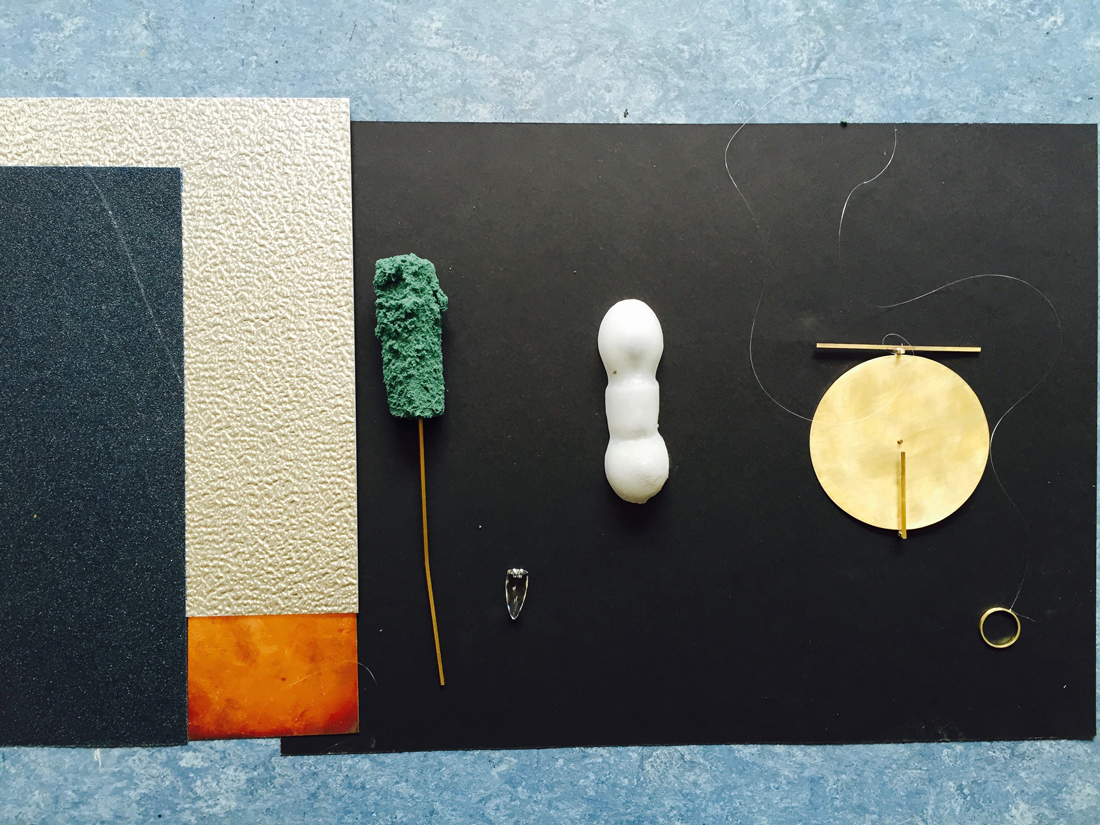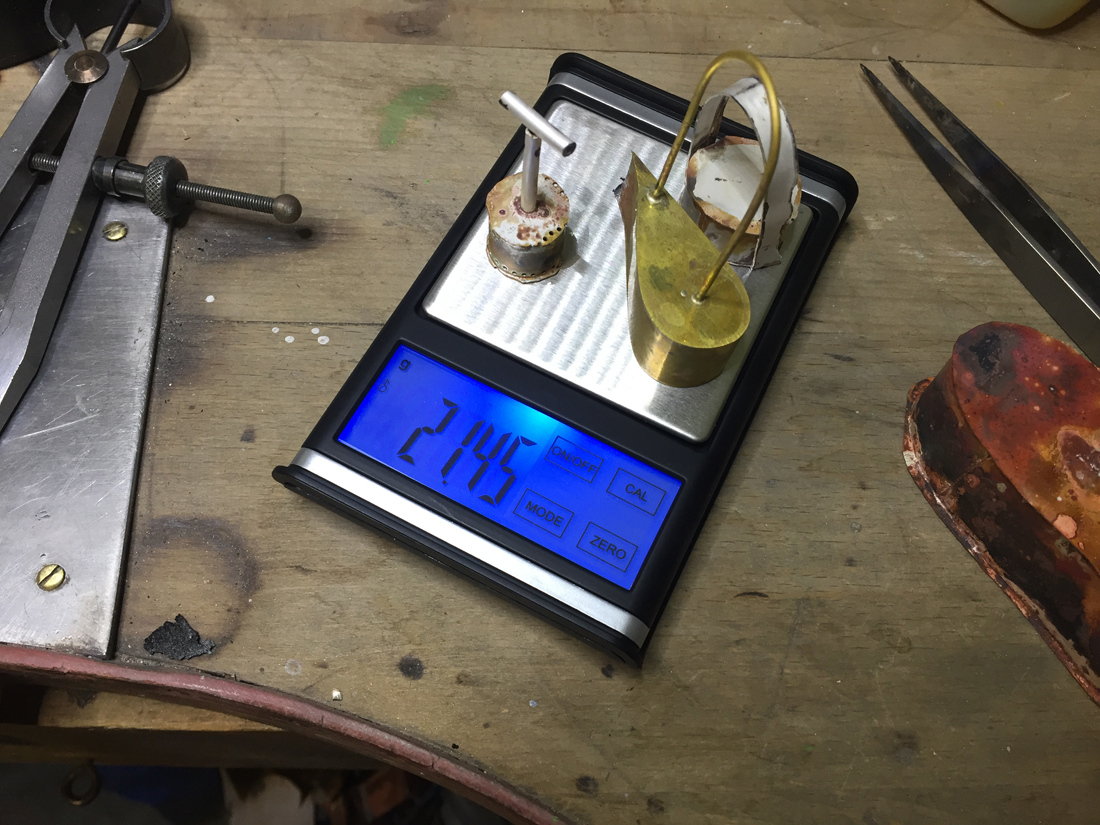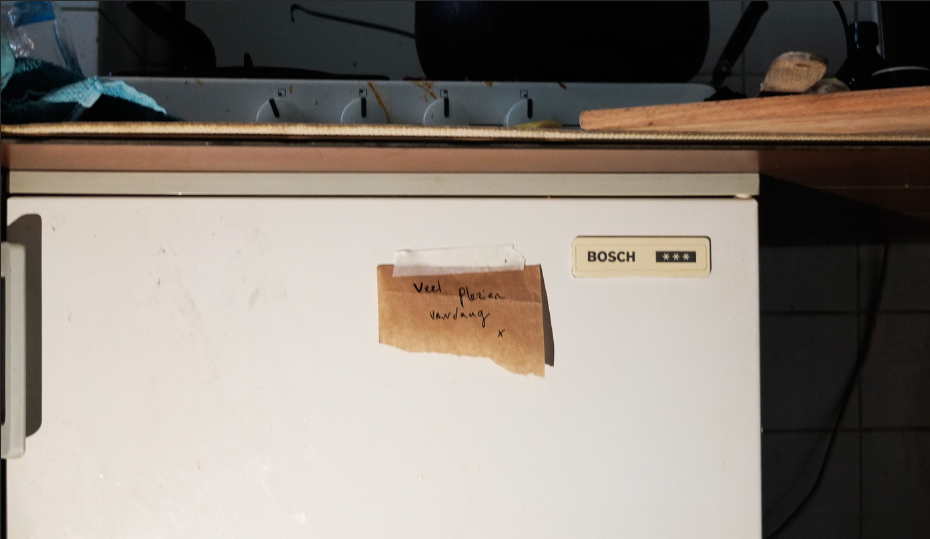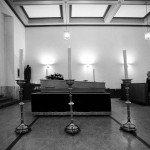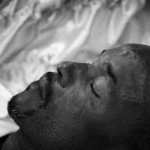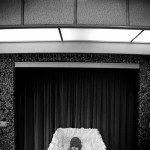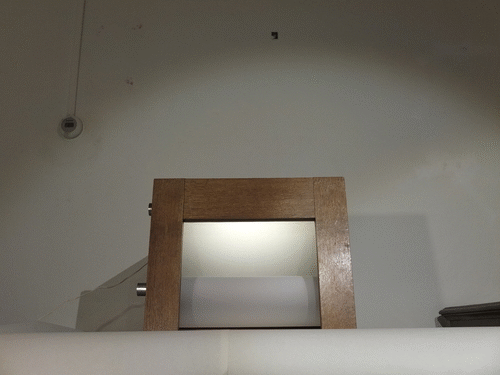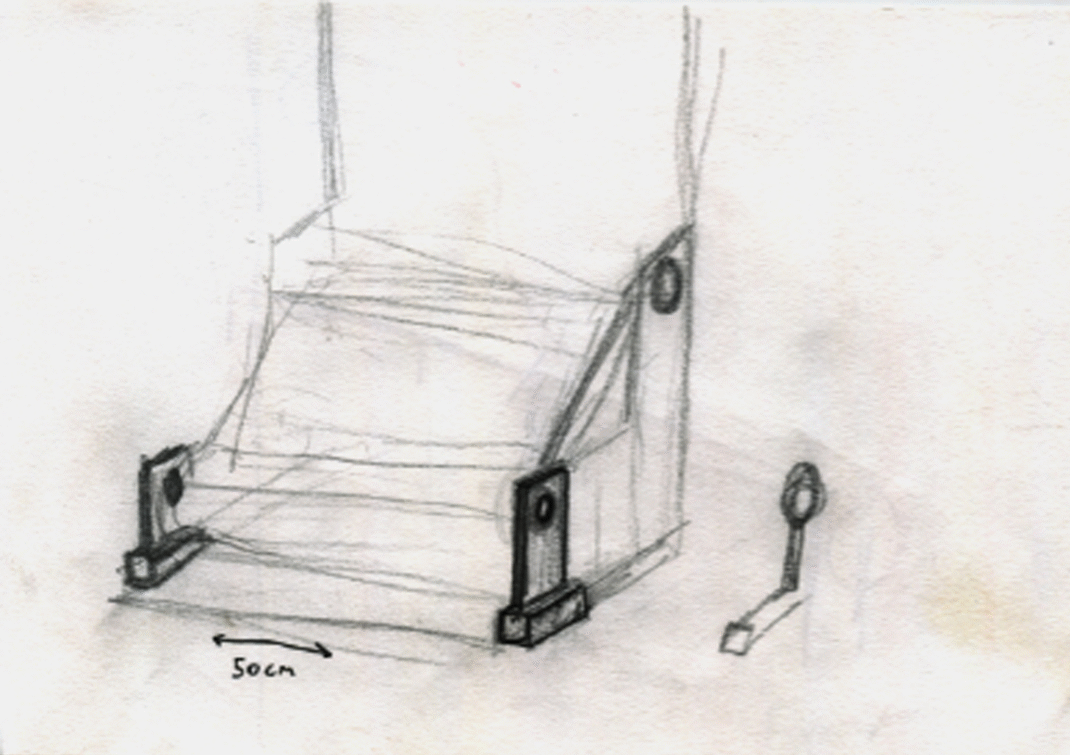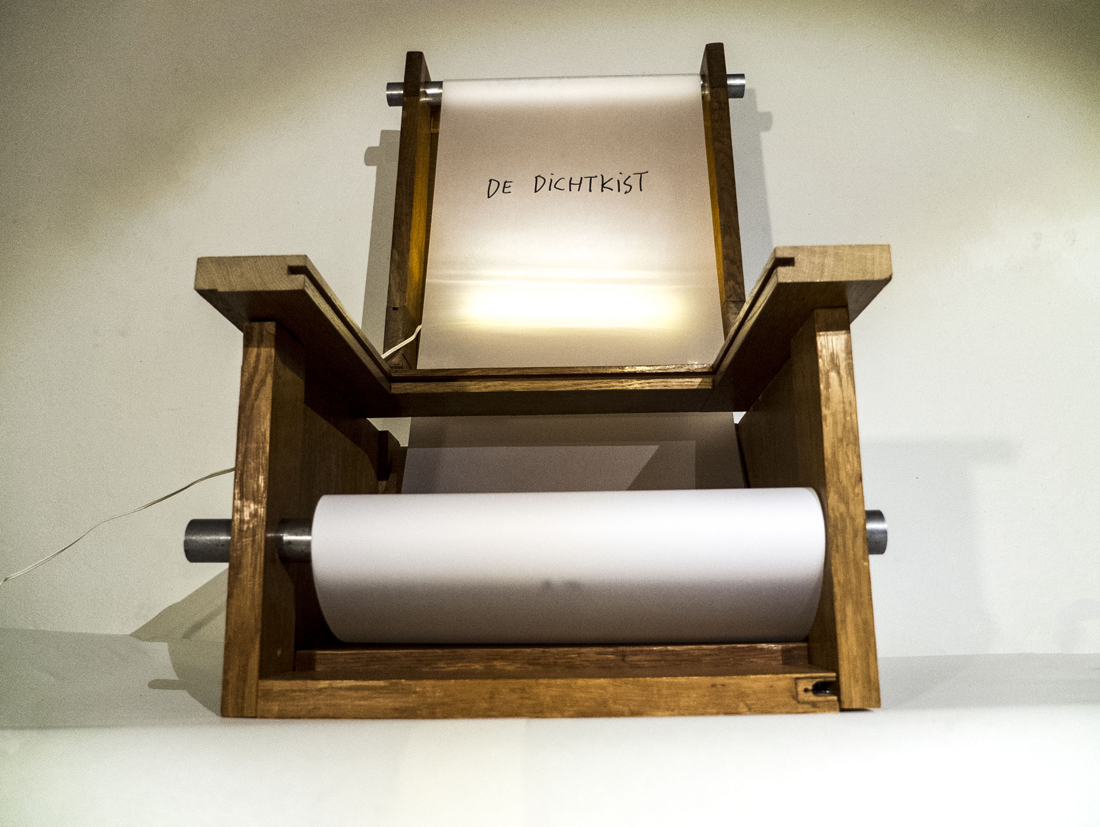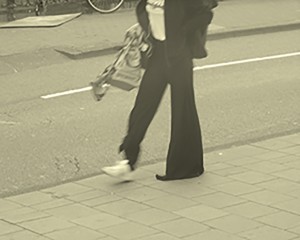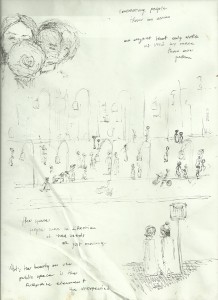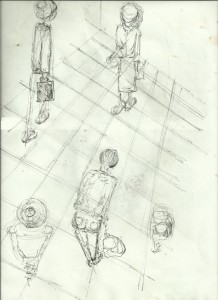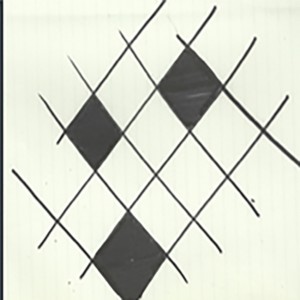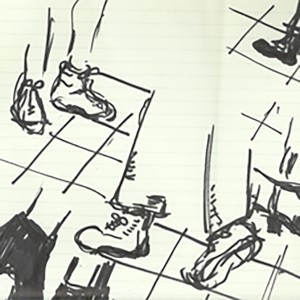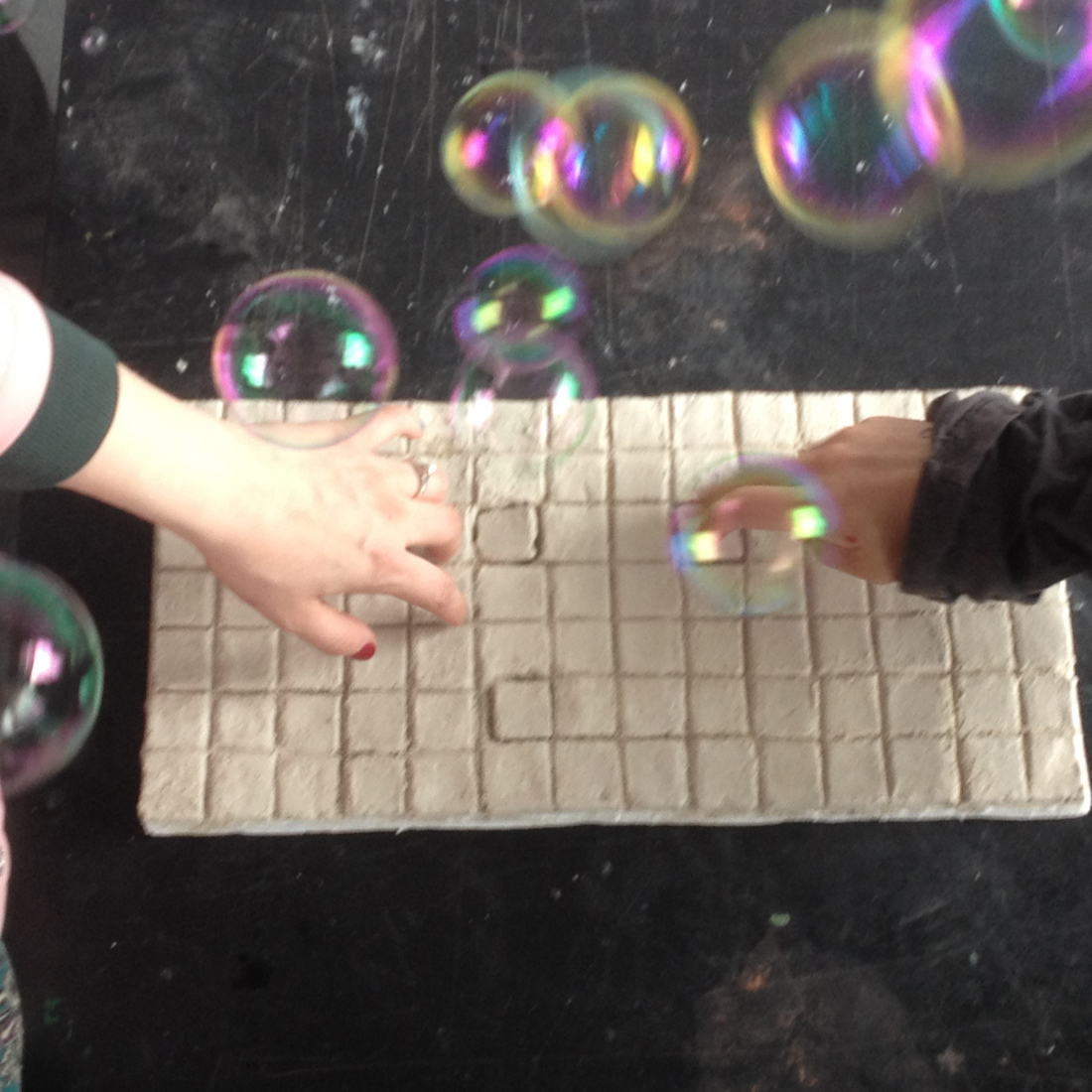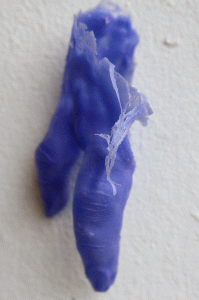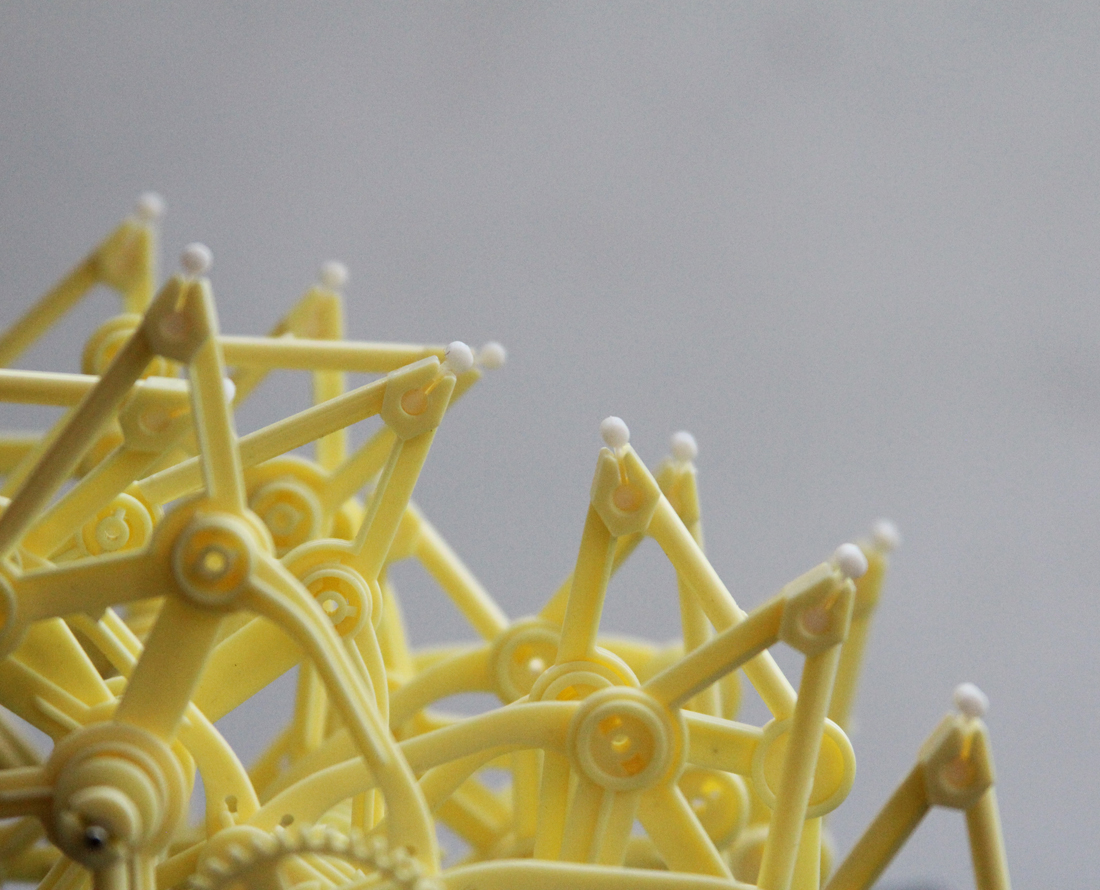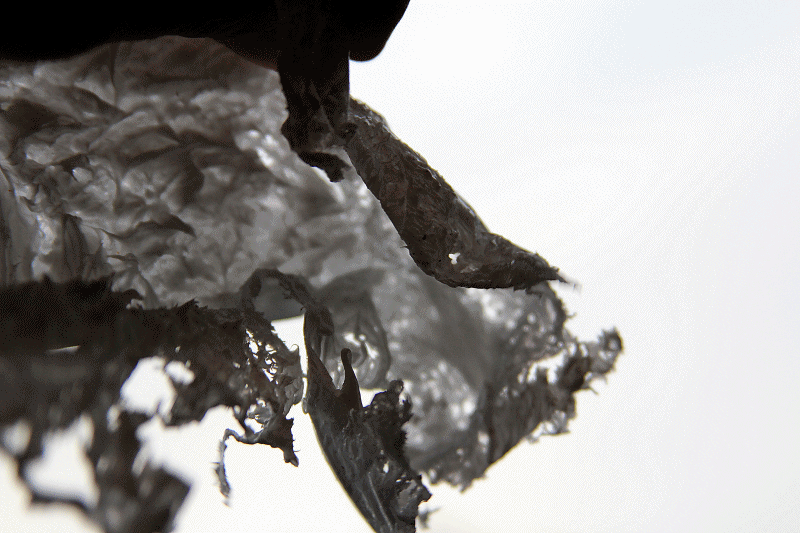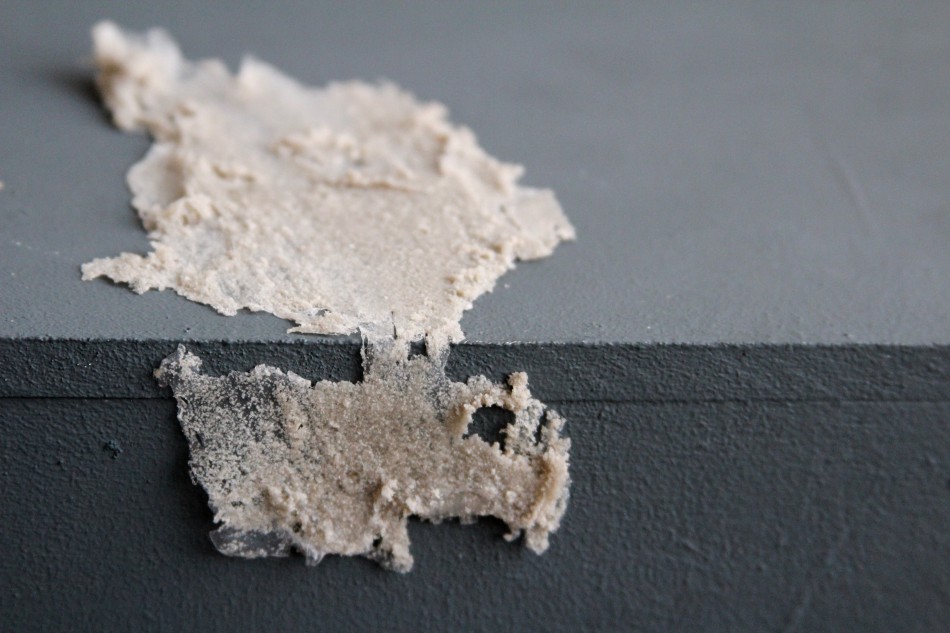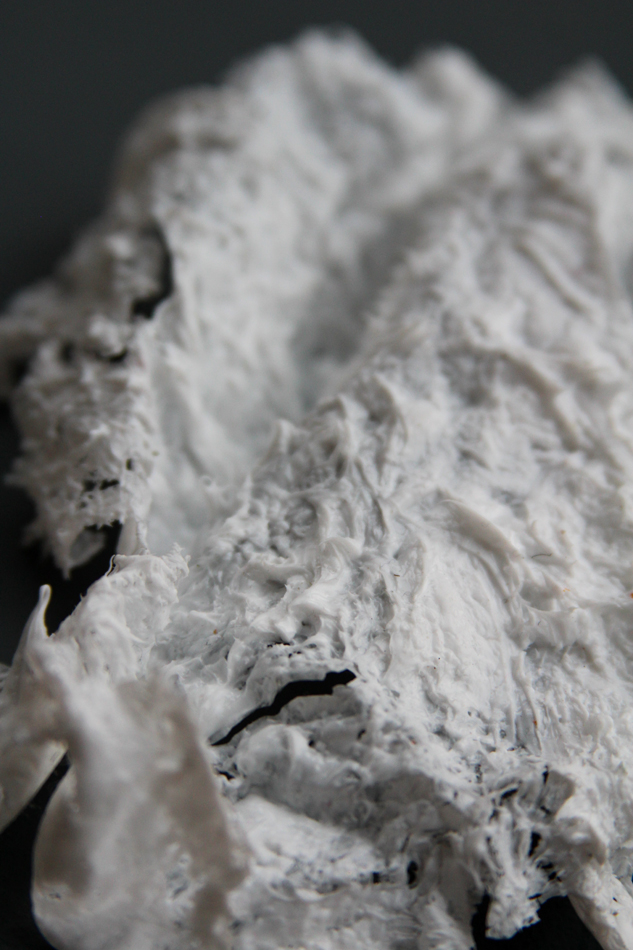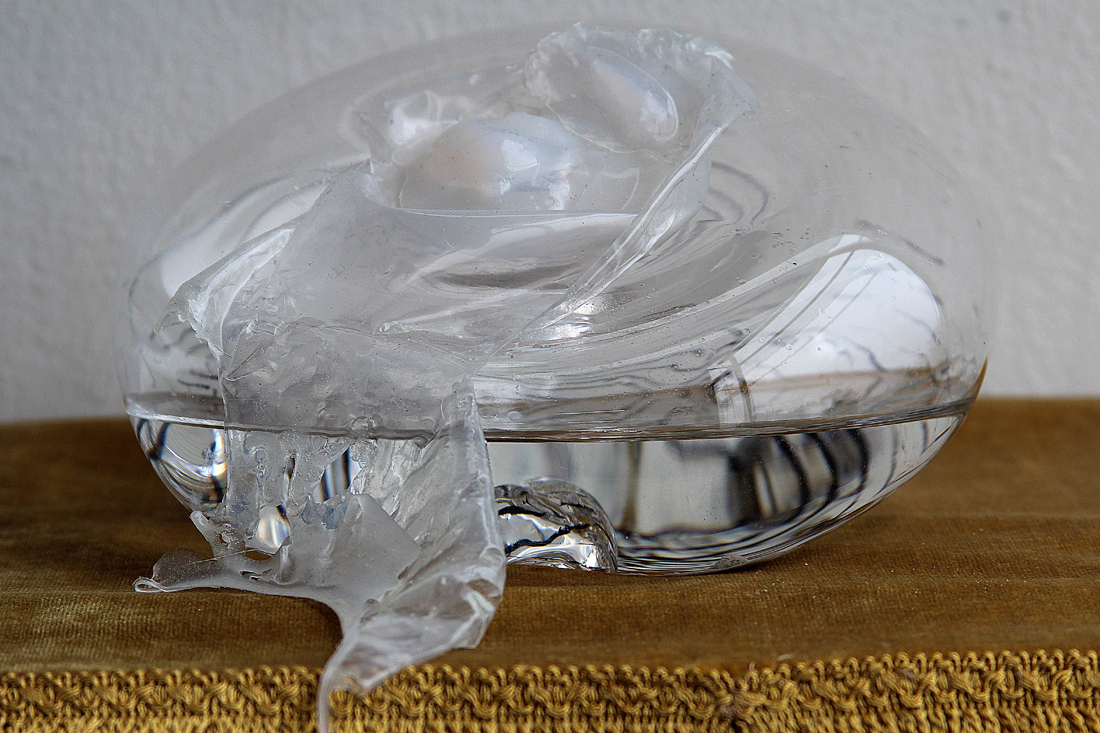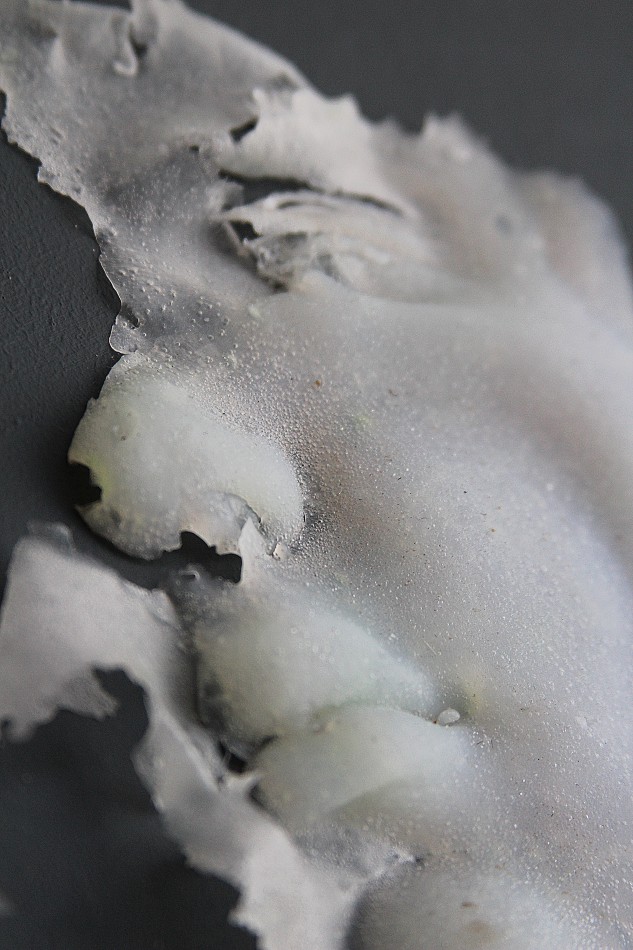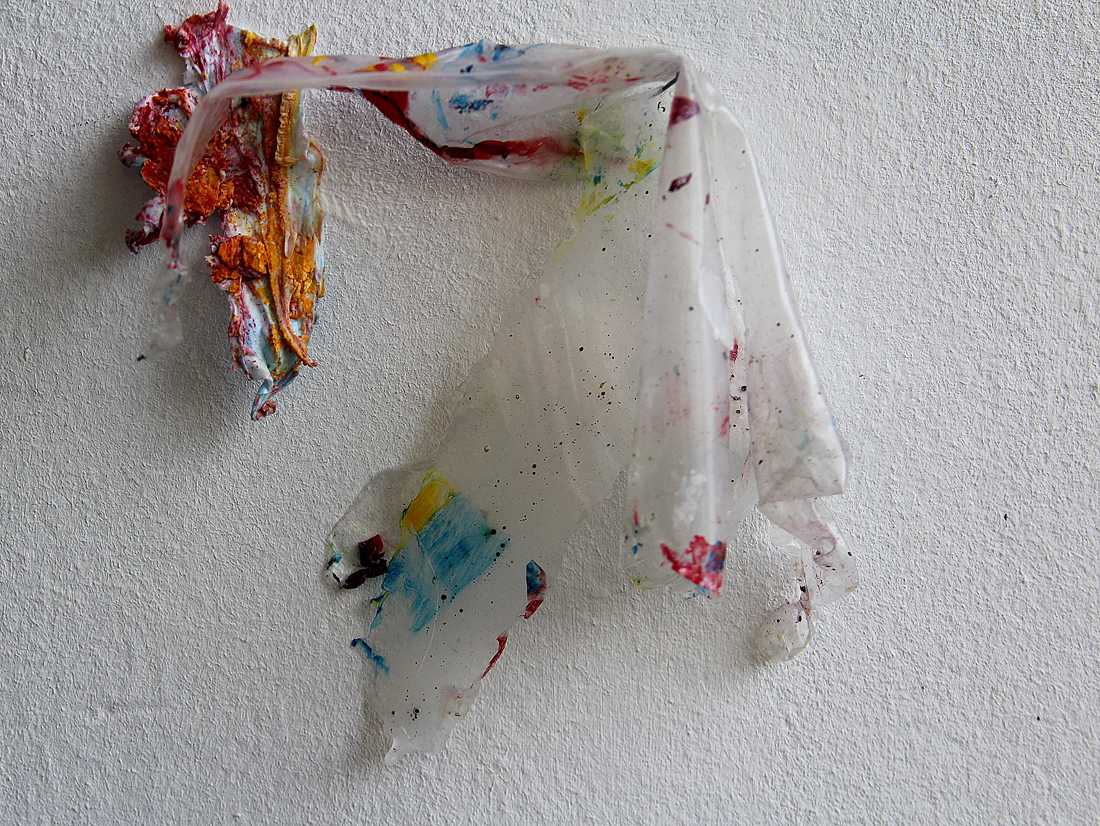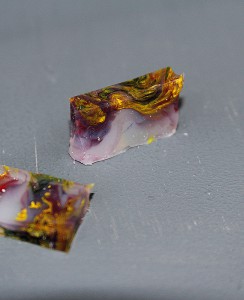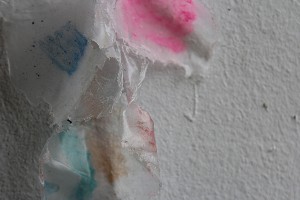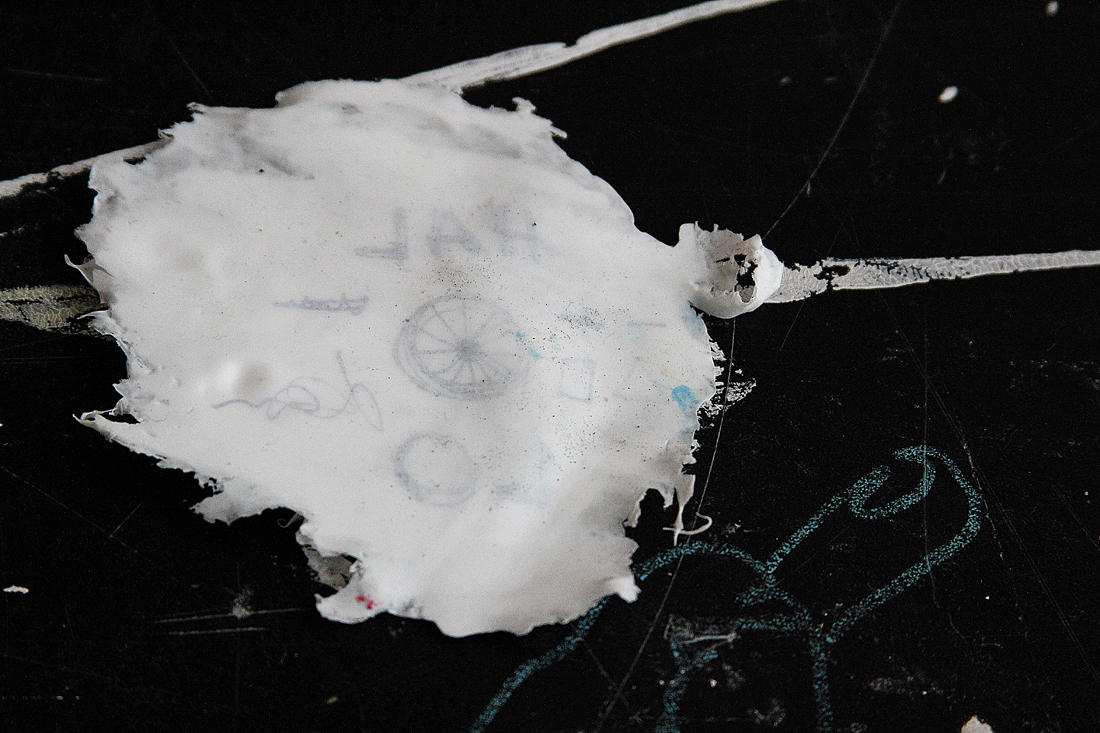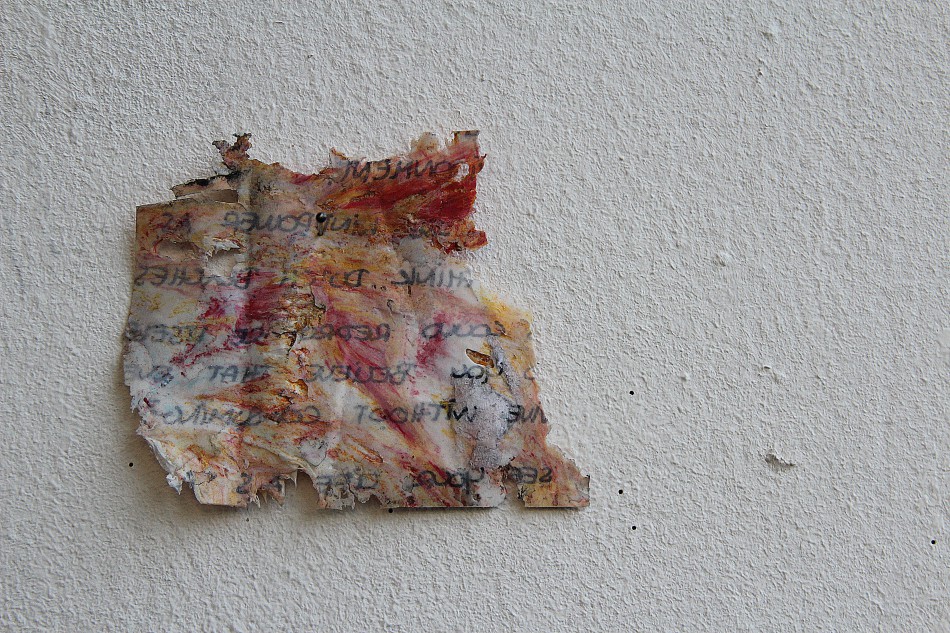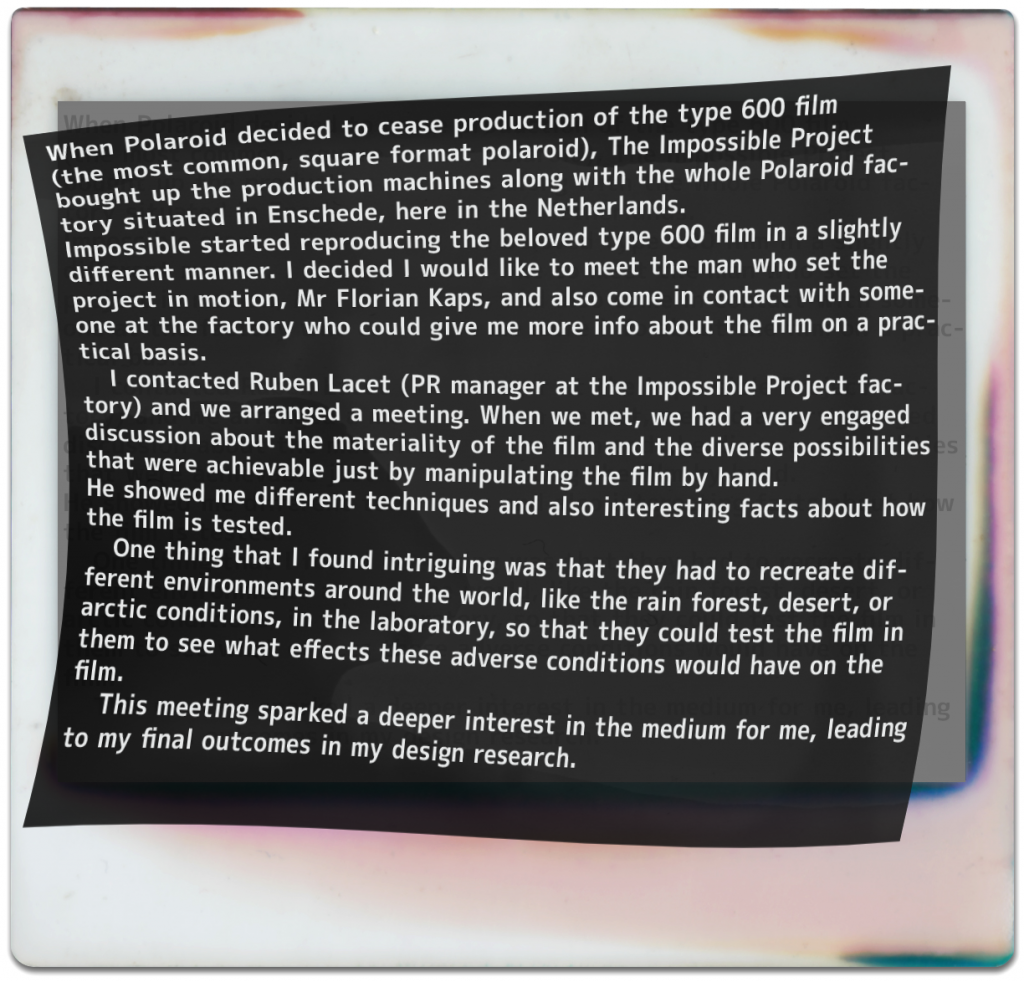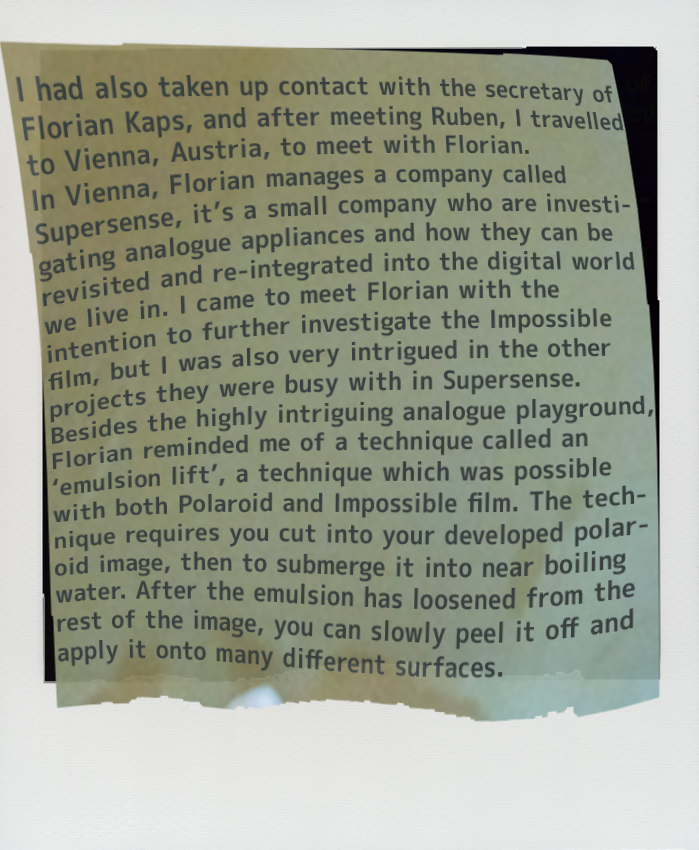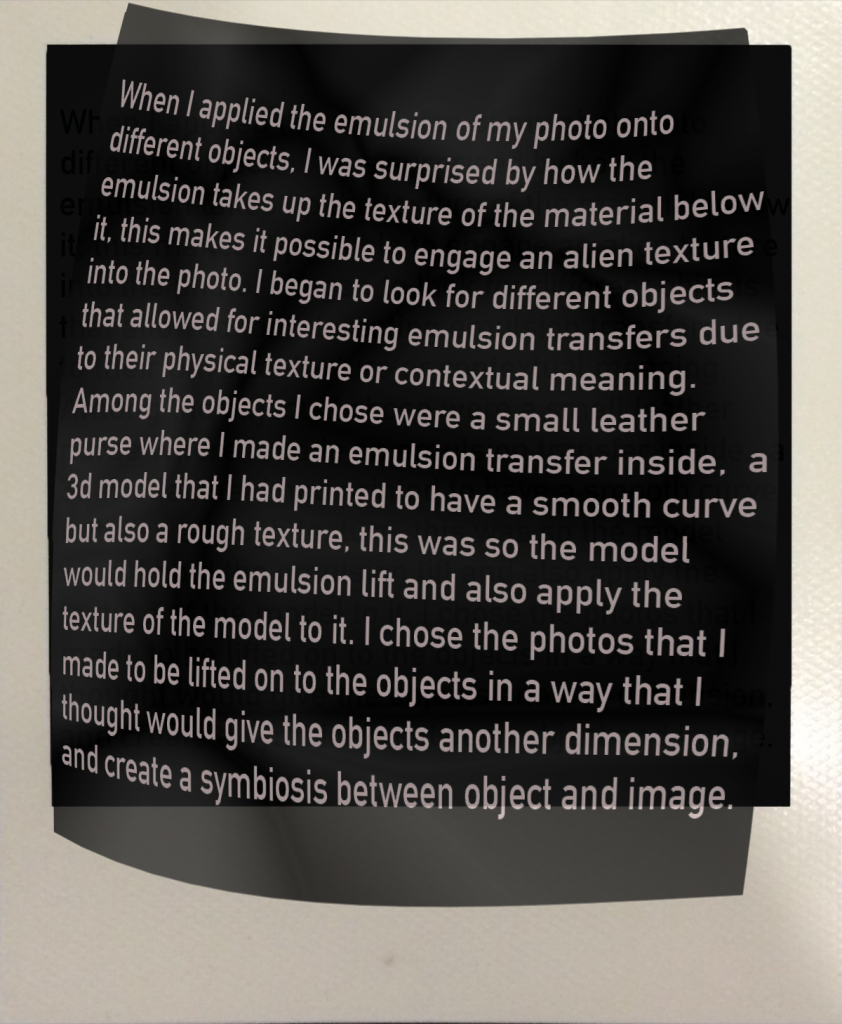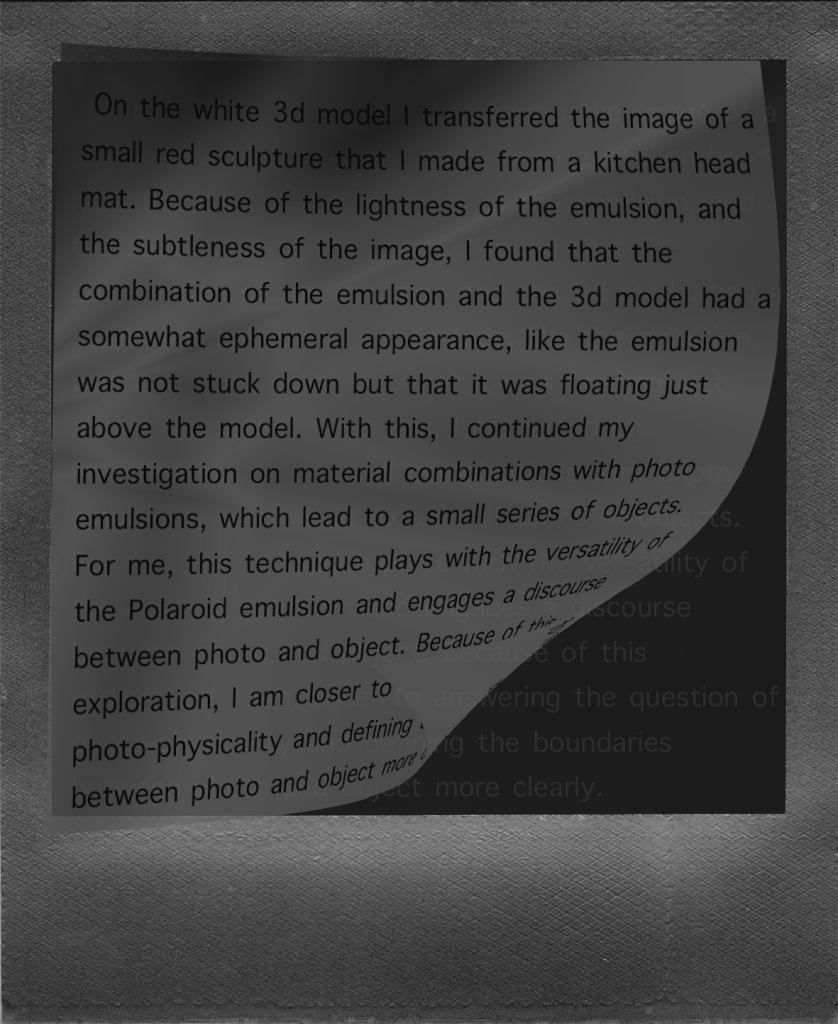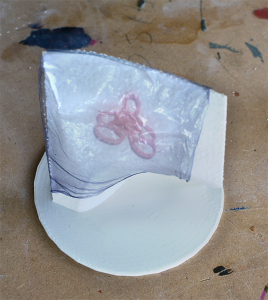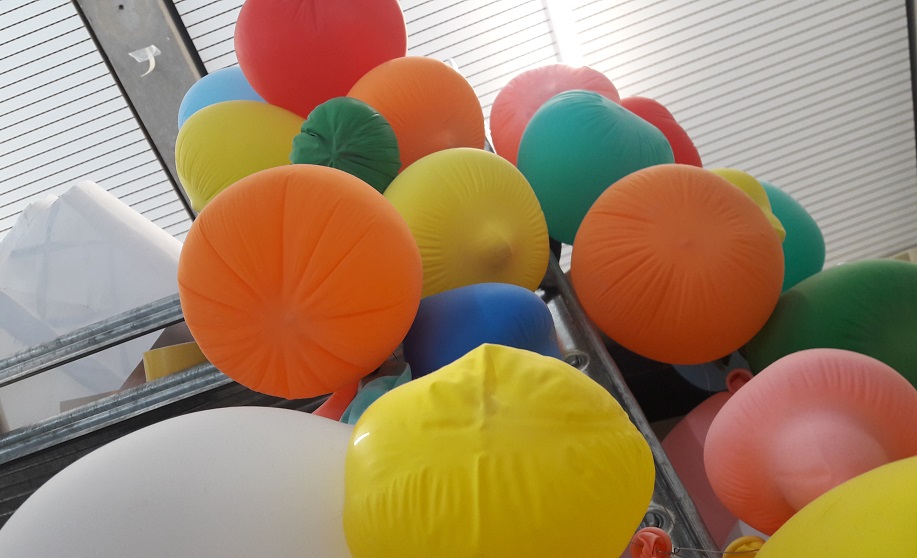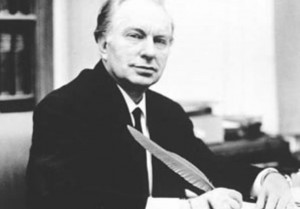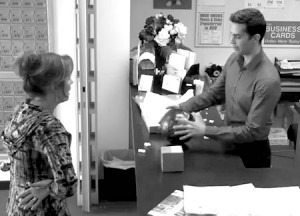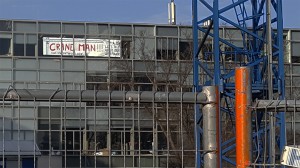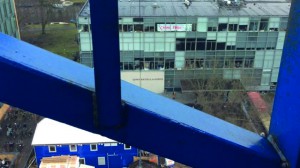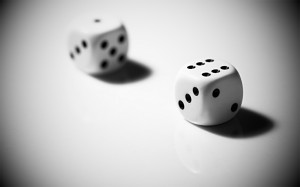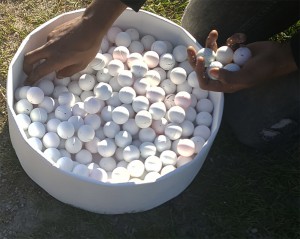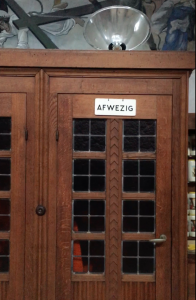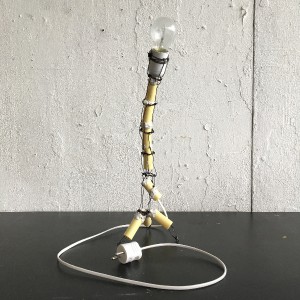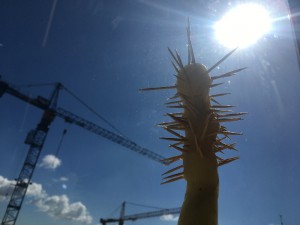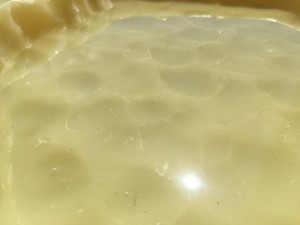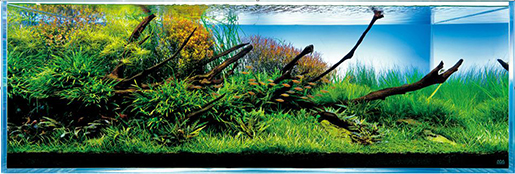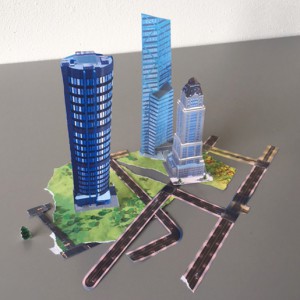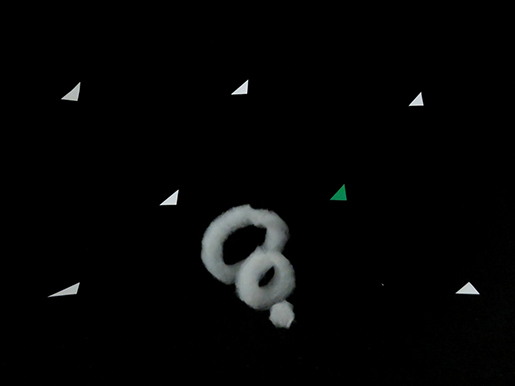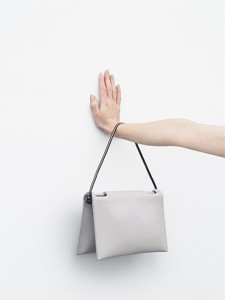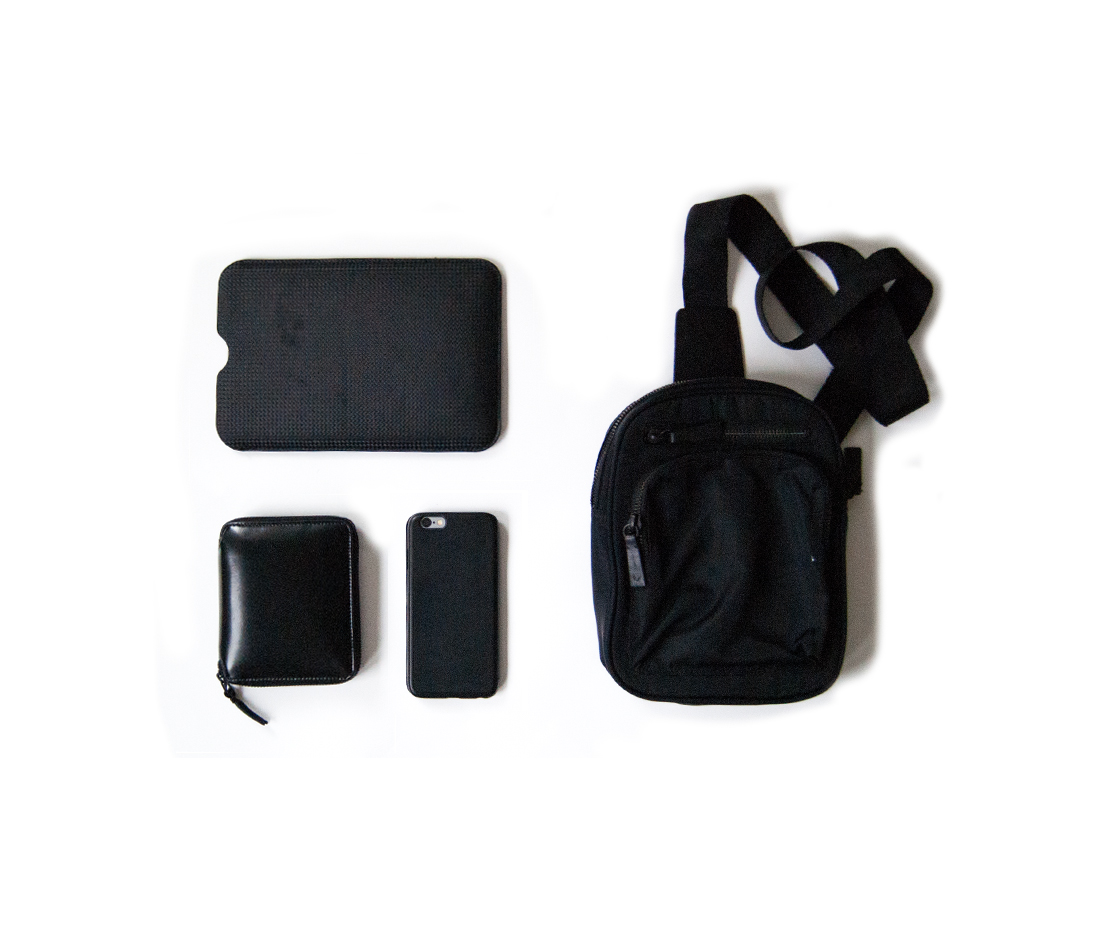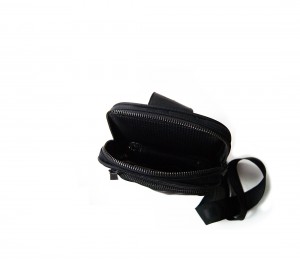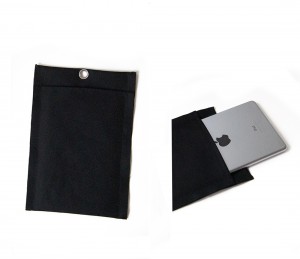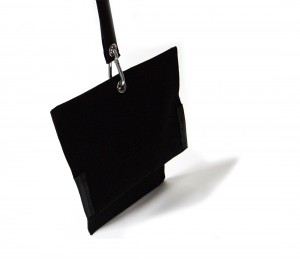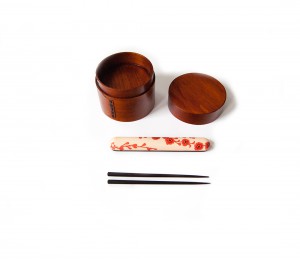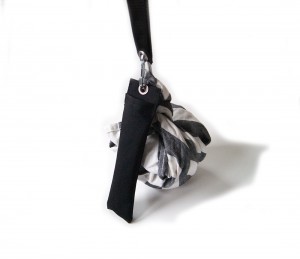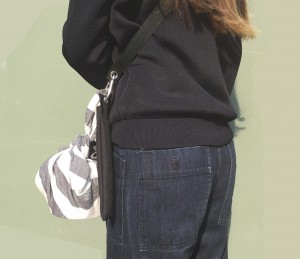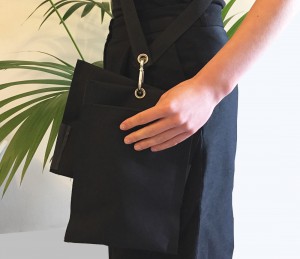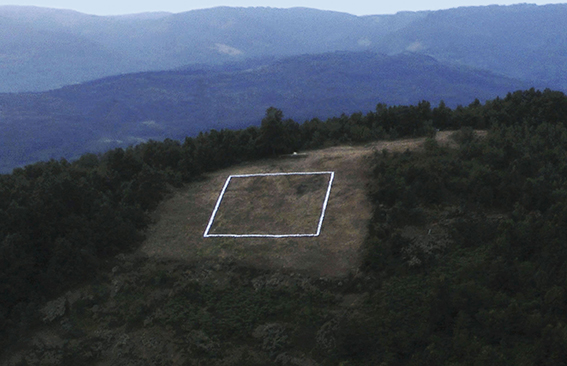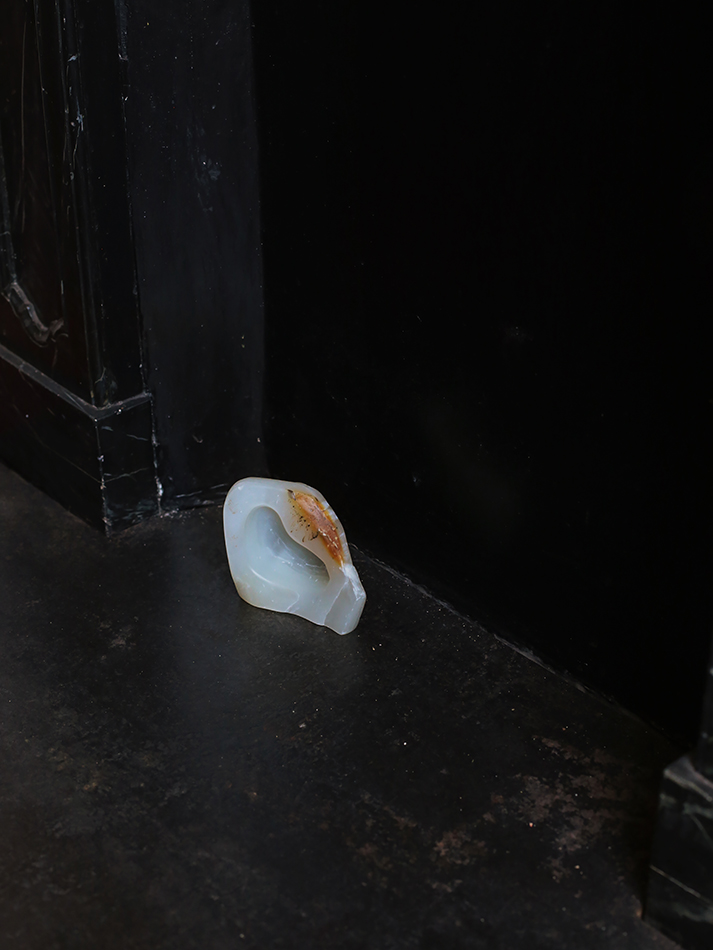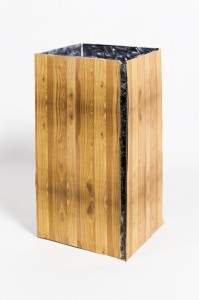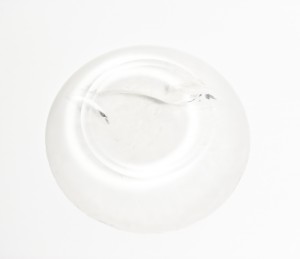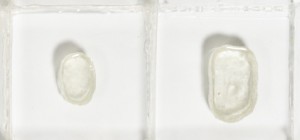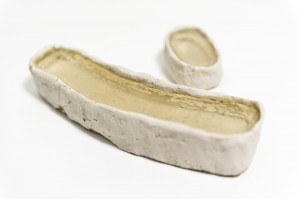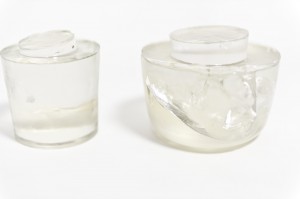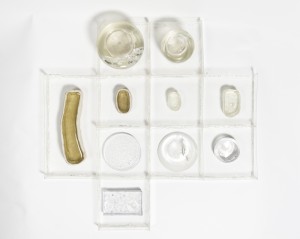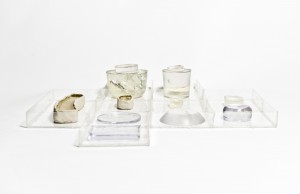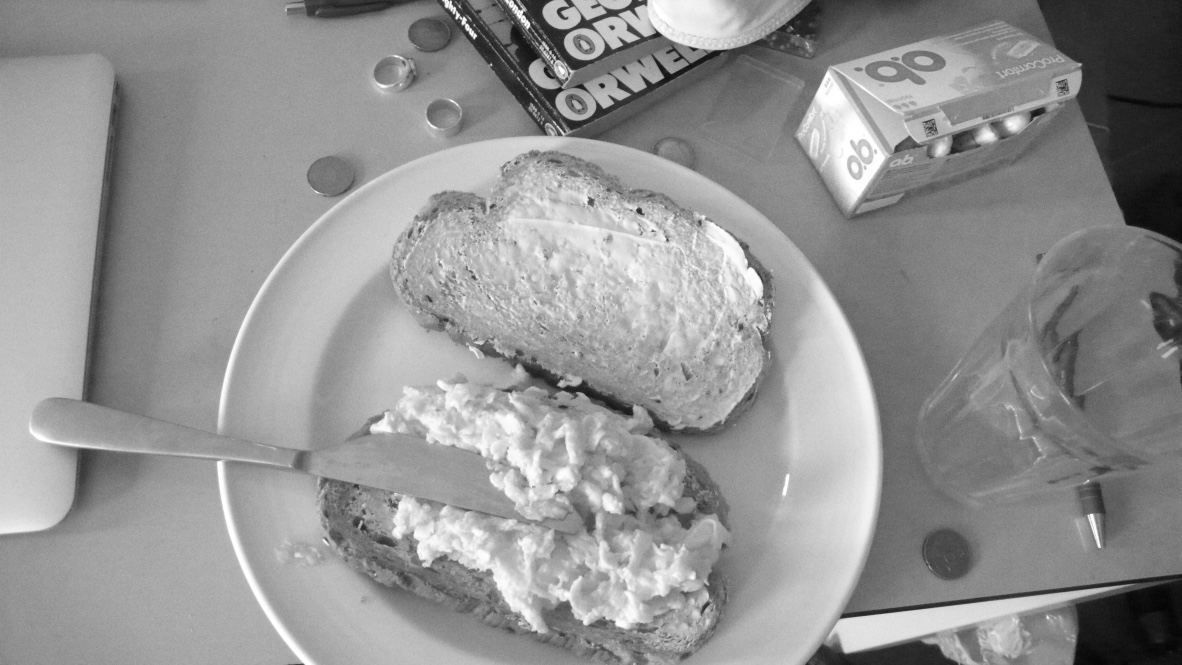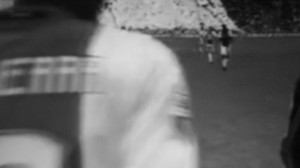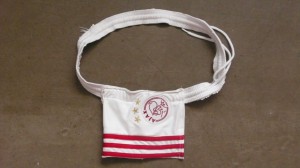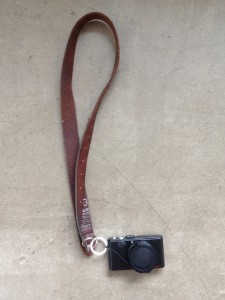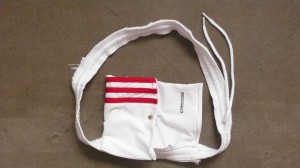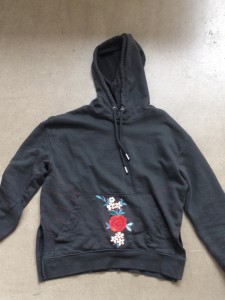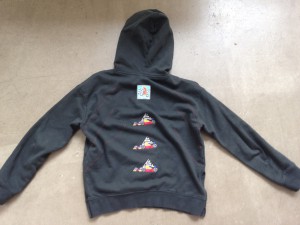THE DOCTOR OF DEATH
On the 2nd of March at 14:35 I was sitting in the Starbucks at Rembrandtplein, ready to meet the “Doctor of Death”. It may sound like the title of a Blockbuster but in fact the Doctor of Death really exists between us. In Amsterdam. There are many more who have the same job like him but are not willing to talk about it. Believe me, I tried.
I meet Hans S. with mixed feelings. First of all because I was happy to finally find someone who wants to talk about his work and his feelings enrolled with it.
How does it feel like driving a Van filled with tools, make up, a cooling table and 2 big canisters of formalin? Does he whistle when he drives to work?
I was nervous, excited, but mostly curious to find answers to all the questions I had in my mind. It didn’t even matter to me anymore that I was sitting in a Starbucks coffee, listening to jazzy tones and observing the stage, filled with actors
A CALL FROM MY MEMORY
When I was asked to contact a person who’s work we are interested in I saw many pictures in my unconsciousness, but only one was very sharp. It was the picture of a Thanatopracteur. He looked into the camera (it was a scenery of a documentary I watched years ago), commenting: “I am not thinking about the fact that the person is dead. If I would think about his life, I couldn’t do this job as I would loose the focus.” The camera slides back and you see the surroundings of a body, covered by a clean, white sheet which is as stiff as the body under it.
FORMALIN VS. CELL EATING ENZYMES
A Thanatopractuer conserves dead bodies temporary with the help of the conscious use of chemicals. Four minutes after someone dies the body starts to decay. Blood circulation and respiration stops, the body doesn’t get oxygen and starts to release carbon oxides which cause an acidic environment. The low ph level causes cell membranes to rupture, releasing enzymes that would eat the cells from the inside out,……[x]. The “Doctor of Death” slows down the process by exchanging the body fluids, restore or reconstruct body parts in some cases and cover the appearance with make-up.
TO MAKE-UP THE DEAD
Hans S. told me his daughter describes her dad as someone who “makes dead people look beautiful“. In that sense he gives people who are left behind the opportunity to say goodbye on an open coffin in a respectful way. Especially when people die unexpected the left behinds want to get the chance to see the person one last time before the coffin is closed forever. Hans S. said that otherwise you don’t consider someone as dead. You need to have the visual proof, see the dead person to truly understand the consequences.
NASAL FORCEPS, MEDICAL SUCTION PUMPS AND MORTUARY TROLLEYS
My first intention meeting a Thanatopracteur was all about attending a practise. I was interested in the tools he would use and the process itself as I imagine it a strange scenery and atmosphere to see someone working on a dead body.
Unfortunately it turned out it is not possible due to hygienically reasons and privacy rules. Therefore I had to work with the information I get from the talk.
THE GERMAN CODEX
The most fascinating topic for me became funeral rituals as part of a culture and how they see death in the context of life. During my research and comparing funeral rituals from different cultures my own culture became strange to me. It seemed like other cultures like the Mexicans make death part of life and even celebrate it. In Germany funerals proceed a specific codex [x] in which some points can be designed free depending on the way the body is buried.
I have never been at a funeral as I never lost a close person. I can only make assumptions for myself, exploring the territory like a journalist but also as a concerned. One day I will be at a one.
THE FUNERAL AS A MEDIUM
I based my design object now on the idea to figure out what would help me to process the loss of a person and make use of the funeral as a medium. The funeral as a medium has the potential to help the bereaved to let go their emotions and share it. Everyone in the funeral came with the same intention and feelings as they had a story with the person who died. This creates an invisible bond between them which helps to feel no longer alone with your grief.
What if there was a room or space after the burial where you could go alone or together to transfer your emotions to an object and let it go whenever you feel like?
THE RISE AND FALL
The first idea I had was to create an installation with small, handmade objects from different materials that would refer to the person who uses it. Each object would be linked to a ring with a thread and on the ceiling there would be hooks attached. The Thread would go threw the hooks to make the object rise.
However when I was working on the objects I felt there was something wrong with it. It seemed too artificial, too complicated and overloaded. The thread reminded me of a doll house theatre and I felt the technique of rising something would keep your mind rather busy than free.
THE SUM OF 21g
However I still wanted to work with the body and the funeral as a medium to create a ritual, a shared experience for and with people who need to free their emotions.
While I was working on the objects I developed a feeling for the weight of different materials and started to become interested in it. I remembered from my research the story of a Doctor in the early 20ies, Ducan McDougall, who measured the weight of 5 persons just before and after they died. The result was, that their bodies lost 21 grams after the Doctor considered their death.
SCALE IS A BIT__!
I started to fell in love with the number and made it a restriction to create as many objects I can that would weight 21g in a sum.
I became inspired by the aesthetics of weights for precision scales and wanted to make objects that work as rings. Each ring would have a specific weight attached but will be carried by the person who chooses it.
Immediately I began working on the objects in metal. However I didn’t had a precision scale during that time. When I already created a small metal collection I finally get a precision scale.
The precision scale made me realise to stop working in metal and find other materials instead.
THE UPSIDE AND DOWNSIDE
During the process the way how to carry the object became really important. As a jewellery maker I am trained to see the ring-head upside, on the hand. In Jewellery terms it is so to say the main character of the Design. But do I want to communicate that?
((((CONTENT)))) > DESIGN
The Design of the objects became less interesting to me than feeling their individual weight. It was like you are holding something fragile in your hand and you want to protect it.
So I stopped considering the objects as rings that would decorate your body but start to explore the content. When the object is hanging from the finger you are more sensitive for the weight. You can close your Hand around the object and feel the shape, the surface, the temperature, the weight and it is energy. You start to imagine what could be inside and take all your time you need to carry it with you during the funeral. You would be free to test the other weights or talk to other people to exchange your experience.
THE WEIGHT OF LOSS
Duncan McDougall was obsessed with the idea to proof that the human have a soul by trying to measure it. For me as a creator it was interesting to work with the restriction of 21g. It became a challenge for me to be directed by a precision scale as it make you operate like a scientist.
The final piece will look like a wooden box on which surface there would be a formula resulting in 21g. Opening the box you would see different handmade weights not only from metal that you can carry with your finger. The box would be a suggestion to put your thoughts of the dead person into the object and feel the weight of your memories, your thoughts and emotions. They will always stick to this object and you can carry it whenever you FEEL like.
CAPTURED AND CARRIED FOREVER.

